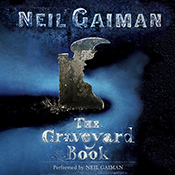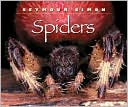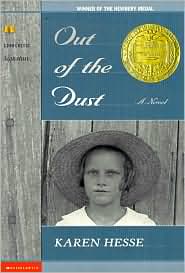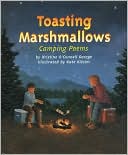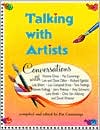BIBLIOGRAPHY
Marchetta, Melina. 2006. ON THE JELLICOE ROAD. Narrated by Rebecca Macauley. Audiobook Download. Audible.com.Victoria, Australia: Bolinda Publishing Pty Ltd. ISBN 9781742011097.
PLOT SUMMARY
Seventeen-year-old Taylor Markham has lived on the Jellicoe Road since she was abandoned by her mother at a 7-Eleven. Mistrustful of all relationships, her faith in Hannah, the one adult Taylor feels closest to, is tested when Hannah unexpectedly leaves town. Taylor is not only leader of her boarding school house, but also the Jellicoe School faction in the annual territory wars against the Townies and the Cadets.
The book is not just Taylor’s story; it is also about five friends – Webb, Narnie, Tate, Fitz and Jude – whose story begins with a fatal car crash twenty-two years before Taylor is made head of Lachlan House. As Taylor tries to find out what happened to Hannah while managing the territory war negotiations, she pursues the trail of clues that will lead her to answers about who her mother is and why she left Taylor on the Jellicoe Road.
CRITICAL ANALYSIS
Taylor’s complicated story line is made even more difficult to follow by the tale of Webb, Narnie, Tate, Fitz and Jude that is periodically inserted as out of sequence pages from a manuscript written by Hannah. The story may be hard to follow, but readers who stick with it will learn all the secrets of Taylor’s past and why Hannah’s manuscript is important.
Although set in Australia, all young adult readers will be able to relate to Taylor’s insecure inner self that is masked by a tough, seemingly uncaring exterior. “It’s the power Raffaela has always had and maybe that’s why I’ve spent most of my life pushing her away. Because being so dependent on people scares me.” In fact, all the characters in the book, to some extent, seem to be looking for a sense of place and belonging.
Marchetta weaves a contemporary realistic tale of love, loss, grief, secrets, truth, friendship and acceptance. It is a story of finding home, “Where they would all belong or long to be. A place on the Jellicoe Road.” This 2009 Michael L. Printz Award winner for excellence in Young Adult literature is a recommended read.
The MP3 unabridged audiobook version of this story was difficult to follow in the beginning. For one thing, the heavy Australian accent of narrator, Rebecca Macauley took some time to get used to. Also, while Macauley did a fair job of giving an individual voice to the female characters, her male voices tended to speak in the same flat monotone that, while a minor annoyance, made it hard to tell who was speaking. Before realizing that the transition from Taylor’s story to Hannah’s manuscript was cued by music, the story was difficult to follow and initially several tracks had to be replayed. After becoming accustomed to the Australian accent and the musical cues, the story was much easier to follow and well worth getting past the initial inconveniences.
REVIEW EXCERPT(S)
BOOKLIST: “…when Marchetta isn’t forcing epiphanies, she has a knack for nuanced characterizations and punchy dialogue. The complexity of the backstory will be offputting to younger readers, but those who stick it out will find rewards in the heartbreaking twists of Marchetta’s saga.”
HORN BOOK: “Suspenseful plotting, slowly unraveling mysteries, and generations of romance shape the absorbing novel.”
KIRKUS REVIEW: “Marchetta plows into a complicated story line head first, shifting between Hannah's narrative and Taylor's trials as Jellicoe School's war commander. Time flashes forward and back, histories bleed together and two generations of friends bear uncanny resemblances to one another. Readers may feel dizzied and disoriented, but as they puzzle out exactly how Hannah's narrative connects with Taylor's current reality, they will find themselves ensnared in the story's fascinating, intricate structure. A beautifully rendered mystery.”
CONNECTIONS
Other books by Melina Marchetta:
Marchetta, Melina. SAVING FRANCESCA. ISBN 0375929827.
Marchetta, Melina. LOOKING FOR ALIBRANDI. ISBN 0375836942.
Marchetta, Melina. FINNIKIN OF THE ROCK. ISBN 0670072818.
Other Michael L. Printz Award winners:
Green, John. LOOKING FOR ALASKA. ISBN 0525475060.
Yang, Gene Luen. AMERICAN BORN CHINESE. ISBN 1596433736.
McCaughrean, Geraldine. THE WHITE DARKNESS. ISBN 0060890363.

